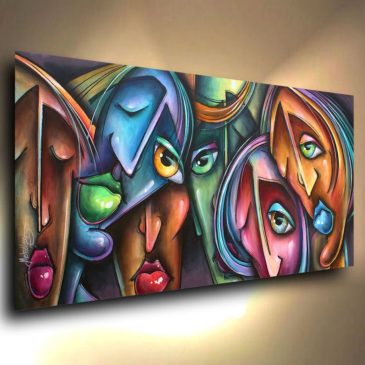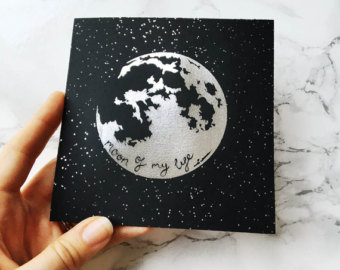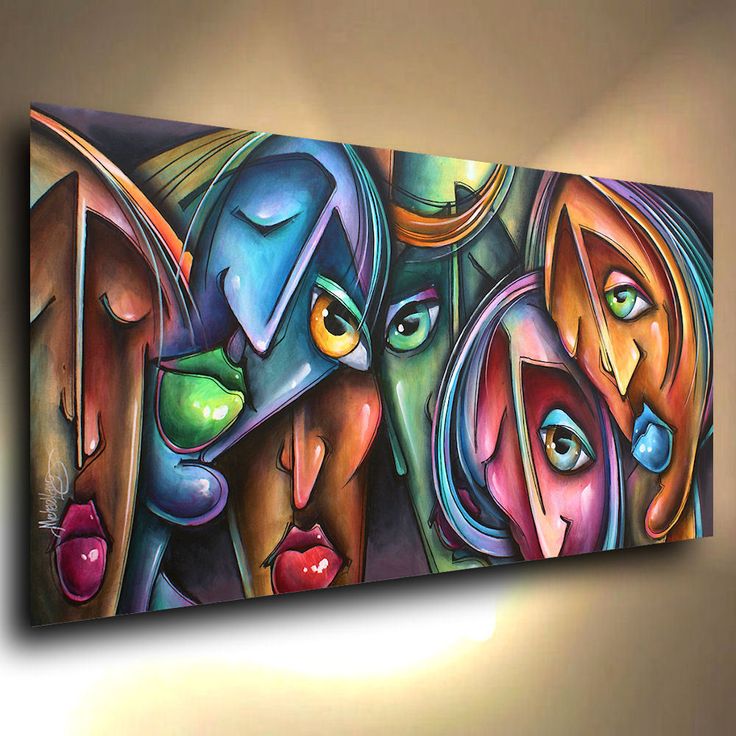
Licensing is a billion-dollar industry and ‘Art Licensing’ only makes up 10 percent of all licensing. Art licensing is growing every day with a variety of products focused on brands, and identifiable artists being collected by name and style. However, when artists first learn about the concept of art licensing, they are full of questions. They want to understand what it is, how it works, and if it is for them.
Artists understand the language of brush strokes, and it’s a very daunting task to become legal advisor at the same time. C’mon, we are creative professionals and not law graduates. However, in this new generation, it is worth registering the copyright of your work whenever you come up with a new design or collection.
Confused? We will break it down for you.
What is art licensing:
Art Licensing is an exciting area in the licensing market and can possibly supplement and artist’s income and increase exposure. It is defined as leasing the right to use a legally protected name, graphic, logo, saying or likeness in conjunction with a product, promotion, or services.
BASICS OF ART LICENSING:
WHO
Artists who want to share in the “success or failure” of a product versus being paid for their time for the creation of art often choose to license their art.
The business model is very similar as how a salesperson works on the commission. These artists are paid a royalty based on the sale price of a product and the quantity sold.
Who takes art licensing:
Artists who are willing to work under a system that does not guarantee immediate income for the work undertaken
Artists who are willing to continually market themselves and their artworks.
WHY
Manufacturers and retailers use art and “properties” on products as an added mechanism to help sell to consumers. So, if you are a GOT or Harry Potter fan, and the artwork from the brand or property is on a product, the chances of purchase is higher.
According to Art Licensing Info, there are four primary ways as to how manufacturers and retailers get art for their products?
- Using their own in-house art departments
- Outright purchase of art from artists/designers
- Using stock art from studios and factories who create their products
- Licensing of art – either via traditional royalty based agreement, or a flat fee agreement.
However, it is advisable and manufacture often chose licensing route as they can negotiate exclusive use of an artist’s design for their products, and henceforth, this would ensure their competitors won’t be able to bring the same thing to market.
Licensing gives your brand a recognition, as manufacturers are always looking to alleviate their risks when making products. Using art from an artist who is well known insures some level of guaranteed sales of a product.
Licensing your artworks is a cost savings process as they are always directly related to the income from sales of the product.
HOW much can an artist make:
The range of annual income for artists who pursue art licensing varies greatly. The sky is the limit for potential earnings, however, there is no silver bullet or easy step to take to create success overnight.
If you are planning to take the art licensing route, be prepared to have a long-term mindset. While it’s hard to guess what you will make, you can be pretty sure it won’t be fast money. It can take 12 – 18 months after signing an agreement before you will see any revenues, and 2 – 5 years for a licensing relationship to mature enough to start earning the kind of consistent income you desire.
THINGS TO KEEP IN MIND WHILE LICENSING YOUR ART:
Research Carefully:
Do your research carefully and read as much as possible before signing on the dotted line. It is advisable to know the rates of your art licensing based on the materials and area. With this basic knowledge, you’ll be ready to negotiate on your own.
Create a target list:
Make a list of some of your dream companies, and start doing some research before finalizing your list. If possible, reach out to artists who have partnered with the company to see if it might be a good fit for you.
Study the consumer market:
Artists must create art that consumers want to see on products and that appeals to the mass market. To do this effectively artists must study images, themes, and art styles used on products in different industries. Like for instance, people nowadays are more attracted to GOT, and not Doraemon.
Create your website:
Your website is the reflection of your persona and artworks, and that is exactly the first thing that a potential licensee will review. It’s imperative to make a good first impression! It should be clean while also conveying the unique aesthetic of your brand.
- Here’s what you should have in your website:
- Photos with great photographic quality.
- Website should not be confusing
- Website should convey the right message about the brand
- The artworks should display the mindset of the artist
Showcase at a tradeshow:
Many manufacturers attend various design tradeshows such as the Licensing Expo throughout the year where artists, illustrators and textile designers display their work. It’s one of the best ways to get your designs in front of a large number buyers and art directors with whom you might want to partner.
Social media:
If you really want to make a business opportunity happen, connect to the people who can make it happen via social media. There are countless stories of artists partnering with dream companies simply because their Instagram post was seen by the right person. To build your community, follow other artists, comment on their posts and regularly engage with your audience.
WHAT COMPANIES WANT
Companies are looking for themes that they can use across a range of products, with complementary images.
It is advisable to create your collection in sets – like 4, 5 or 10, where they would be able to make more merchandises or products.

If you are a designer or can work in design, you could make patterns and designs that would work great to complement your original art images, or to license to fabric companies.
AVOID THESE COMMON MISTAKES:
There are many potholes one can fall into on the quest for commercial artistic success. So, if a company comes to you and wants to:
- gain the copyright for any pieces of your art;
- gain full and complete reproduction rights to any of your artwork;
- gain the right to sub-license your art to other companies without your having to approve and sign each specific sub-licensing agreement;
- gain full ownership of your original works of art as part of the licensing agreement
— then think twice before finalizing the deal, as you might fall prey to a dangerous problem.
As Andy Warhol once said, “Being good in business is the most fascinating kind of art.” So, as an artist, if you wanted to earn more money, license the art yourself. The normal split between and artist and agent is 50/50. The artist can submit art directly to licensees and build a relationship with the art director instead on depending on the agent.




[…] To know, how you can license your artworks, CLICK HERE […]